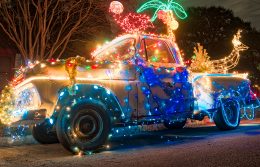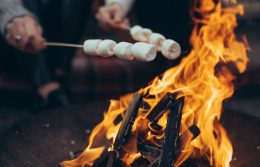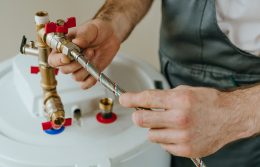Fourth of July Fireworks Safety
The time-honored tradition of July Fourth fireworks is dangerous. Every year, fireworks cause thousands of injuries and fires, according to the National Fire Protection Association. Celebrating the Fourth can be fun and safe as long as you follow several common-sense fireworks safety measures.
Avoid Big Toys
Dodge a fireworks catastrophe by not buying any that are inappropriate for at-home fun. Fireworks that are wrapped in brown paper or contain large amounts of explosive material are best left to the professionals.
Location, Location, Location
Make sure you are lighting your fireworks in a nonflammable space. Bare dirt, concrete, sand, and stone are firework safe. Avoid trees, grass, buildings, and structures. Also, be aware of your neighbors, pets, or veterans who may not appreciate a barrage of fireworks exploding nearby.
Check the Weather
Texas summers are hot, dry, and often windy. That can be a dangerous recipe when it comes to fireworks. Be aware of burn warnings, overly dry conditions, and strong winds that may blow sparks toward flammable vegetation and structures.
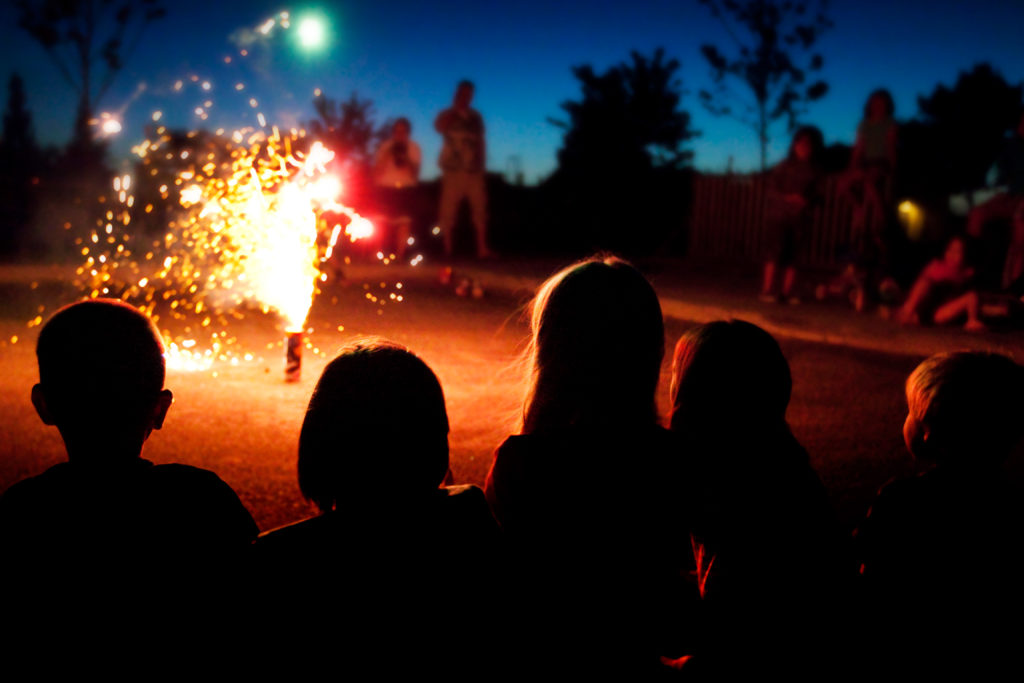
Keep Your Distance
Crowding around fireworks is an easy way to get burned. In fact, more than half of the annual fireworks-related injuries were burns to the face, hands, arms, or legs in 2018. That means the people lighting or observing fireworks are likely too close for comfort. For ground fireworks, stay at least 35 feet away. For aerial displays, spectators should be at least 150 feet away from the ignition zone.
Quality Not Quantity
Rushing to light a lengthy string or series of fireworks is how accidents happen. Pace yourself. By law, wicks must burn for at least three seconds before they ignite the fireworks. If you light several fireworks in a series, you won’t have time to get far enough away from the blast.
Safe Handling
Never throw fireworks, light them in your hands, or relight faulty fireworks. Store fireworks in the safe conditions described on the packaging.
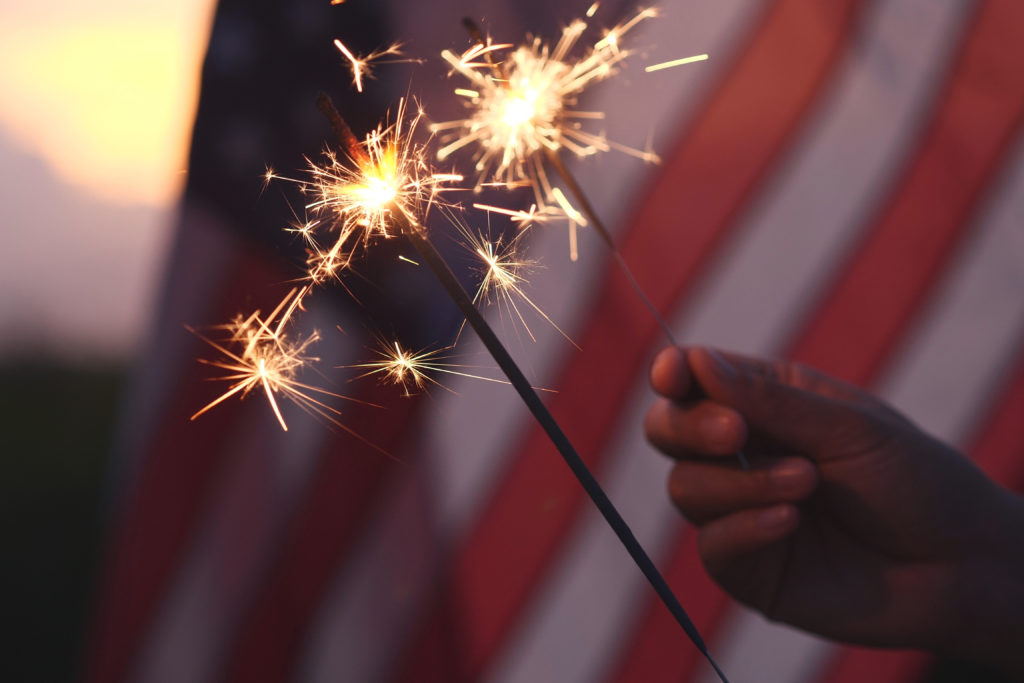
Be Prepared
When lighting fireworks, it is important to have a water source or fire extinguisher on hand in case of an emergency. Having a garden hose at the ready is a good idea. Fire blankets can also be useful.
Adults Only
In 2019, 12% of burn injuries from fireworks came from sparklers. That isn’t surprising once you realize the popular Fourth of July staple burns at 1,200 degrees Fahrenheit. As much as it will disappoint the little ones in your household, when celebrating the Fourth with fireworks, it’s best to leave the lighting to the adults.
Contact your Texas Farm Bureau Insurance Agent for other ways to keep your property and family safe throughout the July Fourth holiday. And if fireworks aren’t your thing, tour these four Texas sites throughout July Fourth weekend.
© 2022 Texas Farm Bureau Insurance

